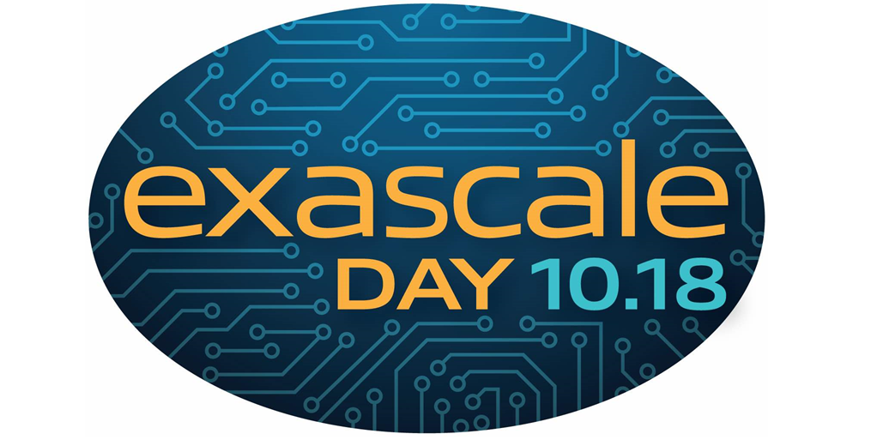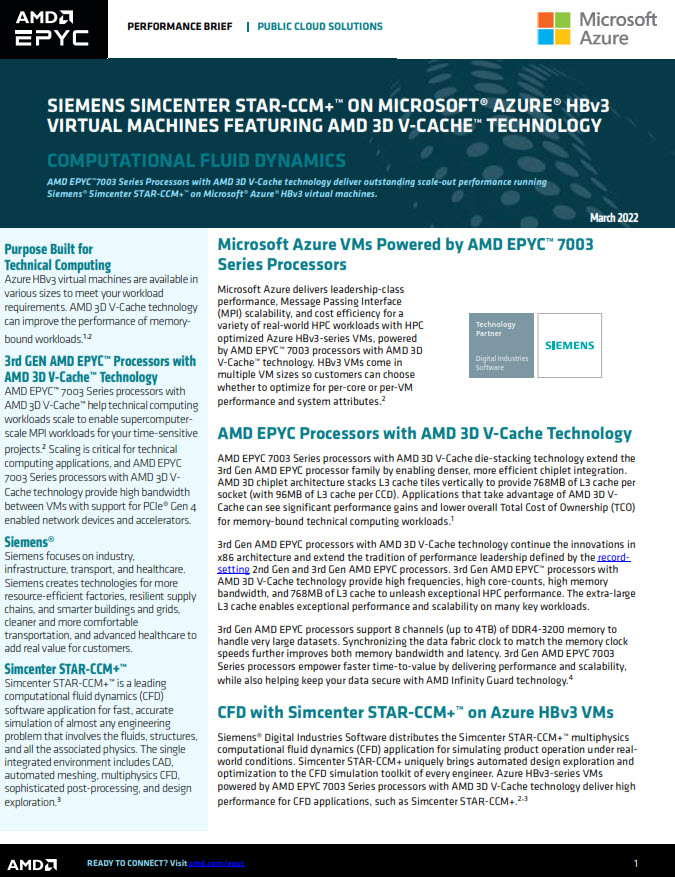
Jim Keller is a senior vice president and General Manager of the Silicon Engineering Group (SEG) at Intel Corporation.
In this video from the EECS Colloquium, Jim Keller from Intel presents: Moore’s Law is Not Dead.
Moore’s observation has continued to be challenged and questioned. And yet, today hundreds of billions of dollars are being invested in silicon technology that will enable feature sizes just a few atoms wide. To understand this unabated growth in computing, one needs to deconstruct the Moore’s Law transistor count exponential as the output of numerous individual innovations across the computing stack – in silicon process technology, in integrated circuit design, in microprocessor architecture and in software. To take advantage of exponentially growing transistor counts, every layer of the computing stack will continue to be redefined over and over again. While it is true that certain vectors like transistor performance and power are showing diminishing returns, other vectors like transistor architecture, microprocessor architecture, software and new materials are showing increasing returns. The combination of these will continue to make life interesting and challenging for hardware and software designers alike.
Jim Keller is a senior vice president and General Manager of the Silicon Engineering Group (SEG) at Intel Corporation. Jim has more than 20 years of experience in x86 and ARM-based microarchitecture design across a broad range of platforms, including PCs, servers, mobile devices and cars. Before joining Intel, he served as vice president of Autopilot and Low-Voltage Hardware in Tesla. Prior to Tesla, he served as corporate vice president and chief cores architect at AMD, where he led the development of the Zen* architecture. He also previously held the role of vice president of Engineering and chief architect at P.A. Semi, which was acquired by Apple Inc. in 2008. He led Apple’s custom low power, mobile chip efforts with the original A4 processor that powered the iPhone 4*, as well as the subsequent A5 processor. He holds a bachelor’s degree in electrical engineering from Pennsylvania State University.




